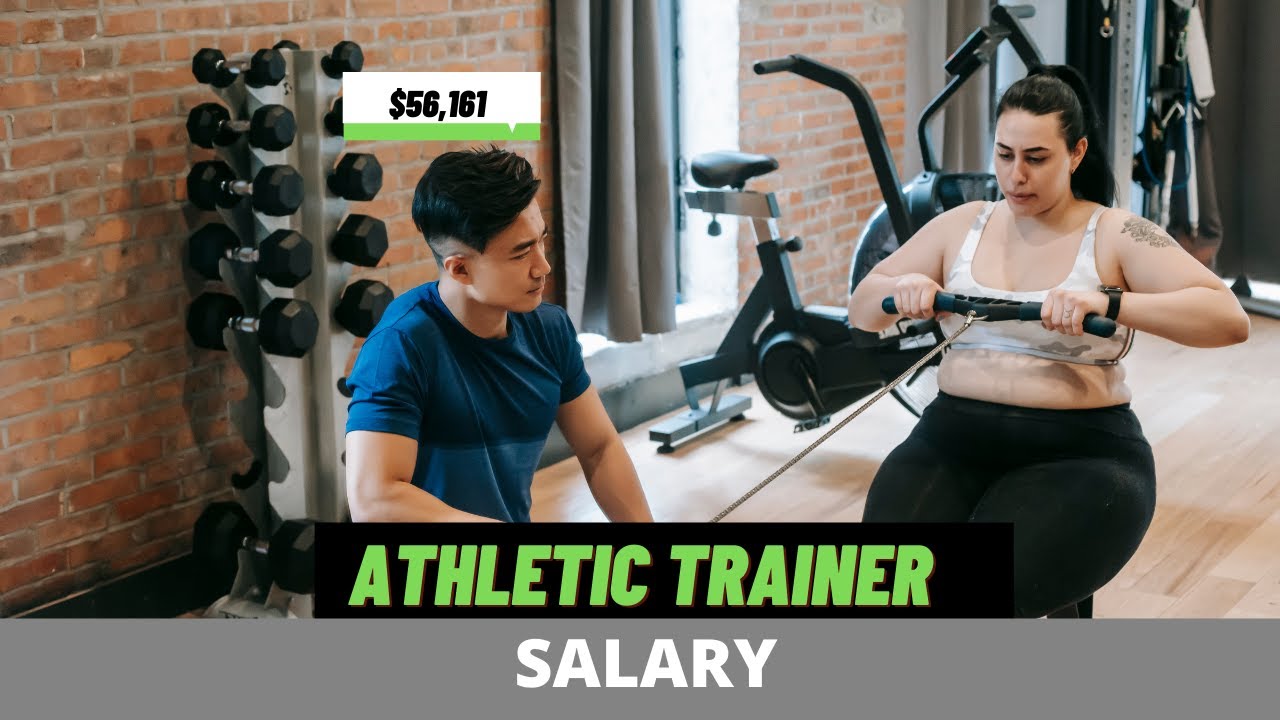
There are many benefits to being a group personal coach. You can reach a wider audience and build relationships with people. This can lead to more clients. People who have been hesitant about joining a fitness class will likely love it so much that the next session will be one-on-1. Engaging in a fitness program with new people is exciting and rewarding.
Benefits of working with a group trainer
A group personal trainer can benefit you in several ways. It's cheaper than working one to one. A second benefit is that you receive more attention from your coach. You can also get more energy from working out with people. Fourth, there's always a little bit of competition! It's human nature that you want to give everything during a workout.
Group personal training can also help you stay motivated to reach your fitness goals. If you work out alone, it is easy to feel disconnected and demotivated. You may also find that you plateau after a period of time. A group personal trainer is a great way to increase accountability and keep you on track.

Group personal trainers: Dangerous practices
The health and fitness industry is filled with risks, and it's important for a personal trainer to have policies and procedures in place to protect customers and workers. Personal trainers must conduct thorough assessments of each client and be kept informed about any changes in the health or fitness of their clients. Staff should be trained to recognize specific medical conditions.
Group fitness classes can be fun, and can provide a great opportunity to work out. However, group exercise can have some drawbacks. You should ensure that your exercise routine is balanced and that you have the ability to make changes as necessary to meet your fitness goals. Wearing earplugs is another important safety precaution when you exercise in groups.
Group personal trainers: What is the cost?
One-on-one and group training sessions can be provided by a personal trainer. Generally, one-on-one sessions are more expensive than group sessions, but they offer more individualized attention. They can be customized to meet your specific goals or address any injuries. These sessions can also be used to bond with friends and to work out. However, they are less personal.
Group training also has the potential to draw clients who would not otherwise have signed up for personal training. Some clients might be shy or hesitant about working with someone new. Potential clients may not have the financial means to hire a personal trainer.

Marketing strategy for a group of personal trainers
Host group classes to market your services as a personal trainer. These sessions can range from HIIT classes to boot camps, and even from spin classes to circuit training. These sessions will help you to build your reputation and find new clients. While word of mouth is still a powerful marketing tool, group sessions can help you get your name in front of potential clients.
It is important to remember the goals of your target markets when you create a marketing plan. An effective marketing strategy should include both online and offline marketing. This strategy should concentrate on building relationships and trust with your target audience. Using social media platforms is also a great way to promote your business.
FAQ
Can I exercise after eating?
It depends on the exercise you do. Avoid doing strenuous activity after eating, as it can cause stomach cramps. Light aerobic activities, such as walking or biking, are better.
What is Cardio Exercises?
Cardiovascular exercises are ones that make your heart and lungs work harder. Swimming, cycling, rowing, and jogging are all examples. These activities can help you lose weight and speed up your metabolism. These activities are great for staying fit because they strengthen your heart and lungs.
What does Exercise do for your Body?
Exercise can help you lose weight. Build muscle mass, increase energy, reduce stress, and improve quality of your sleep. The benefits of exercise include improved moods, better self-esteem, increased productivity, and reduced risk of heart disease.
What effects does caffeine have on my sleep patterns?
Caffeine can affect how quickly you fall asleep, and how well you sleep. Caffeine causes drowsiness, which makes falling asleep easier. But caffeine keeps you awake longer, making it harder to fall asleep again. If you drink coffee or energy drinks right before bedtime, try drinking them later in the evening instead.
Is it possible to be too thin?
Yes! Both being underweight or suffering from an eating disorder is unhealthy. It's normal to be a little heavier than you should be. You may also feel tired, weak, dizzy, and experience other symptoms that could indicate being underweight.
Does exercise cause me to lose weight?
Yes. Regular exercise will help to reduce weight by burning more calories. Regular exercise can help you burn calories even when your metabolism is not high.
Why is physical activity important?
It is essential to maintain our physical health. We must exercise regularly to maintain our weight, strength, flexibility, and cardiovascular system. Exercise improves sleep quality, helps with stress management, increases energy and boosts self-esteem.
Statistics
- An estimated 110,000 deaths per year could be prevented (cdc.gov)
- One study showed that adults who watch more than 4 hours of television daily had an 80% higher risk of death from cardiovascular disease. (heart.org)
- In 2018, the World Health Assembly agreed on a global target to reduce physical inactivity by 15% by 2030 and align with the Sustainable Development Goals. (who.int)
- According to the Centers for Disease Control and Prevention, chronic diseases cause 7 out of 10 deaths in the U.S., and treating chronic diseases accounts for 86% of U.S. healthcare costs. (mana.md)
External Links
How To
How To Burn Belly Fats Faster
Belly Fat is often considered a problem for those who want to lose weight. When you stop and think about it, Belly Fat can actually be a blessing. Your organs are protected from being damaged by excess belly fat. Let's learn how to quickly burn belly fat.
Stress and inactivity are two of the major factors that cause us to store body fat. The cortisol hormone stimulates stress which makes us hungry. Cortisol raises insulin levels. Insulin then stores excess calories as fat. Lack of sleep causes the release of adrenaline into our system, leading to increased appetite. These extra calories are broken down through exercise.
There are many ways to reduce belly fat. You can try any one of them depending upon your budget. These are some great tips to help you lose belly fat fast.
-
Try to eat less food. You should eat smaller meals throughout the day than you would if you ate three big meals. This will help you consume less calories.
-
Make sure you drink plenty of water. Water flushes out toxins and keeps you hydrated. You won't overeat if you drink water before you eat.
-
Avoid unhealthy snacks. If you're looking for quick fixes, snack foods like chips, cookies, candies, etc. These tempting snacks might look appealing. These sweet treats can be tempting, but they are high in empty calories and sugar. Choose healthier alternatives such as whole grains, vegetables, fruits, seeds, nuts and seeds.
-
Three times per week, strength training is recommended. Strength training increases muscle mass, which can help you burn more calories while still resting. It strengthens bones and muscles, ligaments, muscles, tendons, heart, lungs, as well as joints.
-
Stretching and walking are good habits. Stretching helps to improve flexibility and mobility, which reduces back pain. Walking is great for burning calories, especially brisk walking for 30 minutes.
-
Reduce alcohol intake. You should cut down on alcohol consumption. It adds no nutritional value to your diet.
-
Slowly lose weight. To lose weight, the first step is to determine what your current weight. Then, add 5% to 10% to your body weight to get your ideal weight. Once you have calculated your target weight, start reducing calorie consumption by 500-1000 calories daily until you reach your goal.
-
Avoid processed foods. These foods are high in salt, sugar, preservatives, and other harmful ingredients. Processed foods are often very convenient but don't provide enough nutrients to keep you healthy.
-
Don't skip breakfast! Breakfast improves concentration, memory, energy, and stamina. Protein (like eggs), fiber and complex carbohydrates (like oatmeal) should be included in breakfast.
-
Have regular bowel movements. Constipation or irregularity can lead to gas and bloating. Drink plenty of water to prevent gas and fiber ingestion.